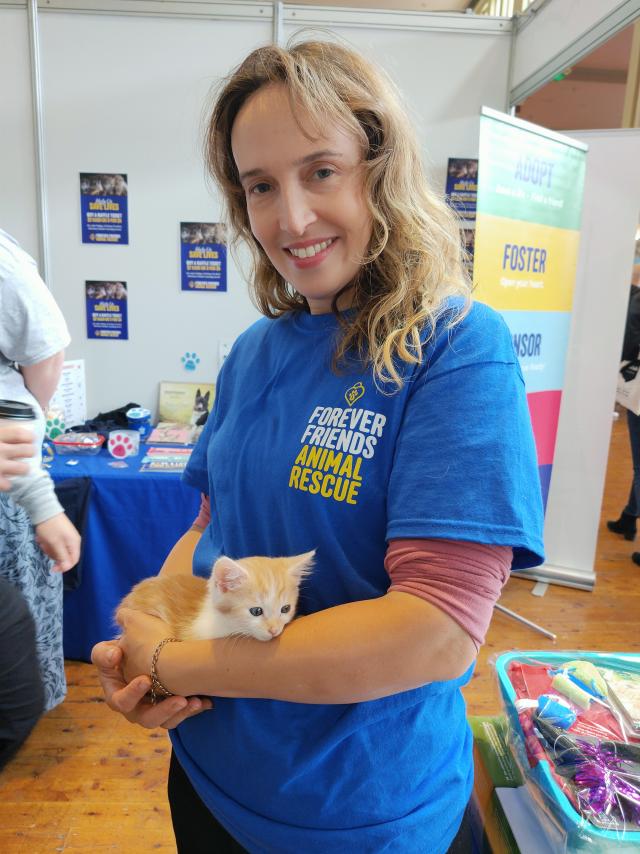By Callum Ludwig
The Victorian Government has identified their plan for the state’s first Pet Census as announced in the 2022/23 budget.
The census hopes to identify and address the key issues and concerns of pet owners in Victoria to help provide adequate support and services.
Saskia Adams, Founder of Forever Friends Animal Rescue in Gladysdale, said she thinks the census data will be useful for animal rescue organisations.
“We will have a better idea of why pet owners sometimes give up on their animals and surrender them to organisations like mine,” she said.
“The more we know about those reasons, the more we might be able to help pet owners and pets stay together if we can provide the support they need.”
The Victorian Government has allocated $613,000 from the budget towards conducting the census, which is hoped to be run online in 2023.
Minister for Agriculture Mary-Anne Thomas said Victorians love their pets and consider them part of their families.
“We are delivering the state’s first-ever Pet Census to better understand the important role pets play in the lives of Victorians,” she said.
“The Pet Census will help us ensure we’re best supporting our furry friends and their owners with the services they need.”
Pet ownership data is currently held mostly by local governments rather than collected state-wide and has resulted in contentious and unpopular pet management policy such as 24 hour Cat Curfews implemented by Yarra Ranges and Knox Councils.
Ms Adams said an average annual cost of pet ownership would be an interesting calculation to have available.
“It would be a really useful feature for people to consider before they adopt or purchase, not just the initial fee but the ongoing annual costs, which is not even just food but work,” she said.
“The things that could possibly help with exercise and socialisation via doggy daycare, or pet walkers and vet costs. I believe it’s currently well over $1,000 a year for both the dogs and cats, but it would be good if we had more accurate figures.”
The Victorian Government will include a number of questions to help guide future pet and animal welfare reforms, including questions regarding the demographics of Victoria’s pet owners and their pets, general matters relevant to pet health (e.g. diet, exercise etc), the costs and services associated with purchasing and caring for pets and the social and well-being impacts of pet ownership.
Animal Medicines Australia indicated in the last year, pet ownership rates have increased by eight per cent from 61 per cent at the beginning of 2020 to 69 per cent at the start of 2022.
Ms Adams said she thinks it’s a great idea to increase our understanding of pet ownership with the increasing number of pet owners.
“70 per cent is a huge number of households and I think any challenges pet owners have are going to also increase exponentially too and will put more pressure on animal welfare organisations as new owners potentially struggle,” she said.
“The government is realising and very much acknowledging how important pets are to so many Victorians now, in most homes they are considered part of the family. The more information the better for all of us.”







